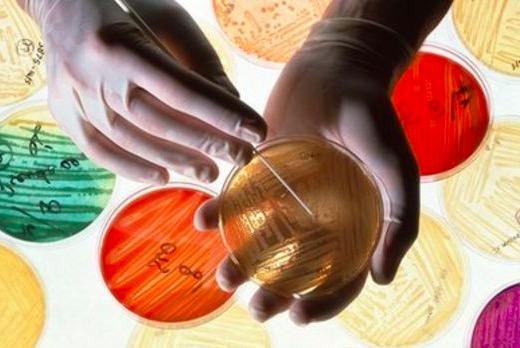For those of you who reflexively think that "big pharma" is an amorphous, evil entity that could be replaced by government research, think again. The industry exited antibiotic research in the 1990s (largely because FDA statisticians decided that impossibly large clinical trials were required for new antibiotic approval). Now, the antibiotic marketplace is broken. ACSH advisor Dr. David Shlaes discusses how to lure companies back into the field.
I recently had a chat with Rick Bright. Rick is the Director, Biomedical Advanced Research and Development Authority (BARDA), Deputy Assistant Secretary in the Office of the Assistant Secretary for Preparedness and Response (ASPR), U.S. Department of Health and Human Services. I am hopeful that he will provide a blog for us on his evolving views on incentives for antibiotic research and development. But our conversation emphasized an important concept for me that I wanted to share with you.
Why do we want pull incentives and whom are we incentivizing? In my view, we need to pull investors back into antibiotic research and they, therefore, are a key target of such incentives. What is the best way to lure investors back to this area? By getting large pharma back into the area. Why do we need large pharma? Because large pharma provides the preferred exit strategy for investors in biotech. And how do we do get large pharma back into antibiotic R&D? By providing a substantial pull incentive for the approval and marketing of new antibiotics.
Which pull incentives will work? Almost all of them will work either alone or in combination if they are of great enough value. My own view of that value is ~$2 billion. Apparently, large companies have not been willing to commit themselves to any specific valuation that would be motivating for them – so my number is, shall we say, an educated guess. This value could come from patent exclusivity vouchers, from a market entry reward, from a priority review voucher, from value-based pricing and reimbursement (but the latter would probably have to be part of a larger package of incentives), and others.
The dangerous state of our pipeline has been underlined by two recent events. The first is the bankruptcy of Achaogen shortly after having a new and useful antibiotic approved for the US market. This event underscored the complete failure of the marketplace for antibiotics and engendered a significant disincentive for prospective investors in the area. The second is the discontinuation of phase 3 trials for murepavadin, the anti-pseudomonal peptidomimetic from Polyphor after renal toxicity became apparent. While it is true that antibiotics that succeed in phase 2 usually make it all the way to the market, “usually” means not always. (In fact, in the case of Polyphor’s drug, the number of subjects exposed prior to phase 3 was on the low side). This means that a number of drugs in our current pipeline are doomed to failure simply based on the risk that something unexpected will occur during further research. We need to significantly bolster our pipeline to be assured that we will actually have the antibiotics we need when resistance catches up to us.
We are now in a situation where the US and the rest of the world are either ignoring the coming antibiotic resistance disaster or are simply unprepared to provide the kind of pull incentives we will need to rejuvenate our precarious antibiotic pipeline. Experts around the world are struggling to find ways forward. This has led to proposals for publicly funded efforts, public-private consortia, pull incentives and combinations of the above. What we need, though, is leadership. We need a country, a national entity, to take the lead by providing a useful way forward. I believe that must include significant incentives for investors and I believe the only way that will work is via incentives for large pharma as abhorrent as that idea may be, either as part of a larger plan or as a stand-alone approach.
Originally published in Dr. Shlaes' blog. Reprinted with permission.
Category





